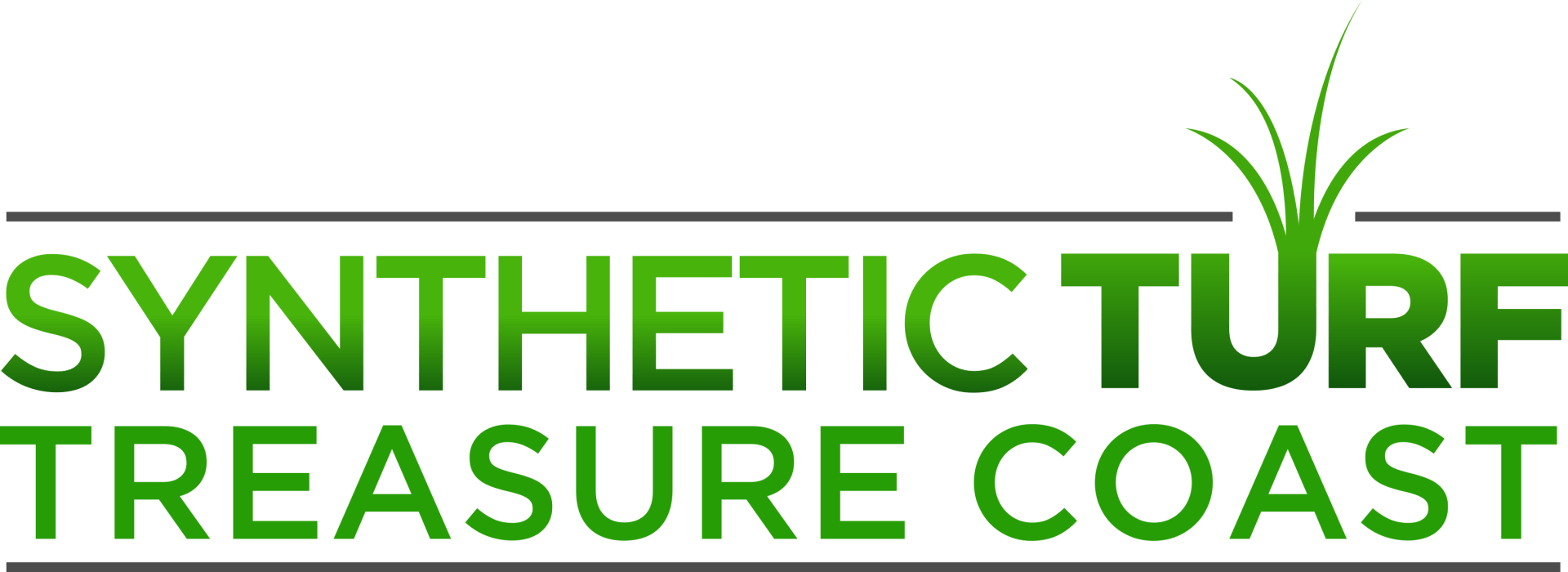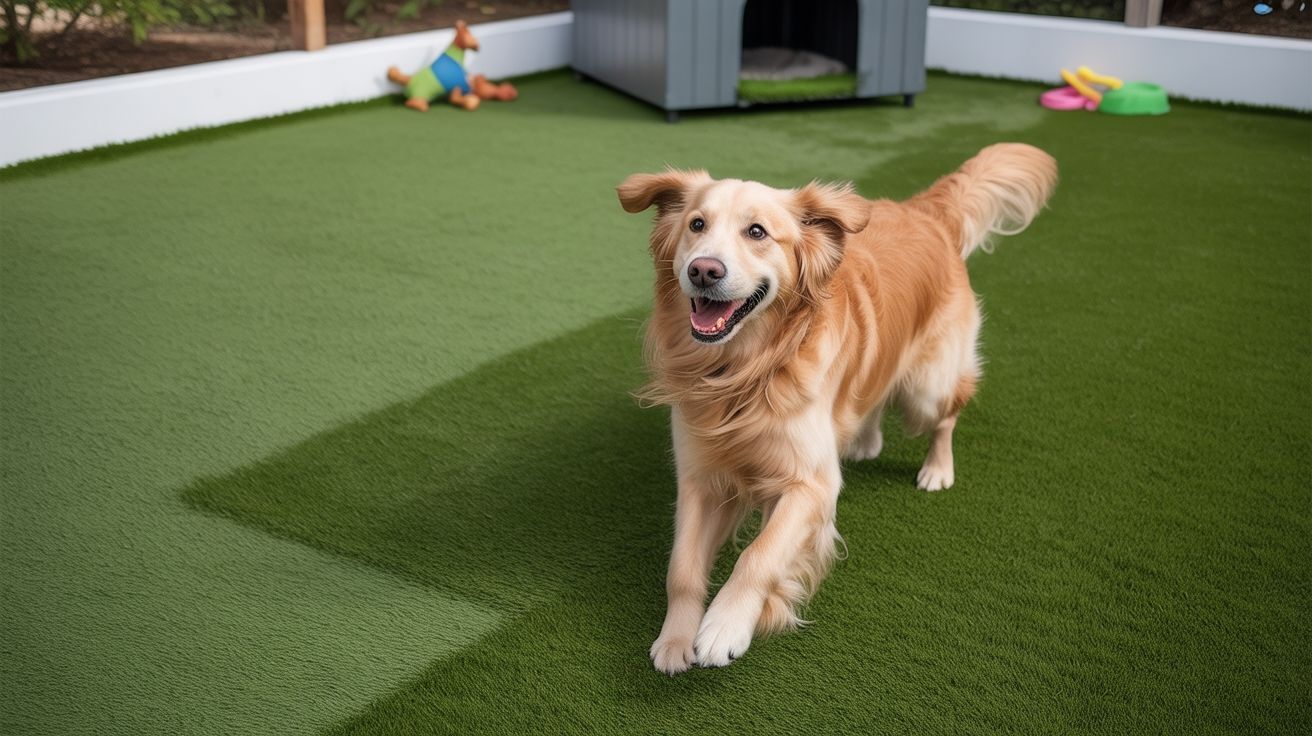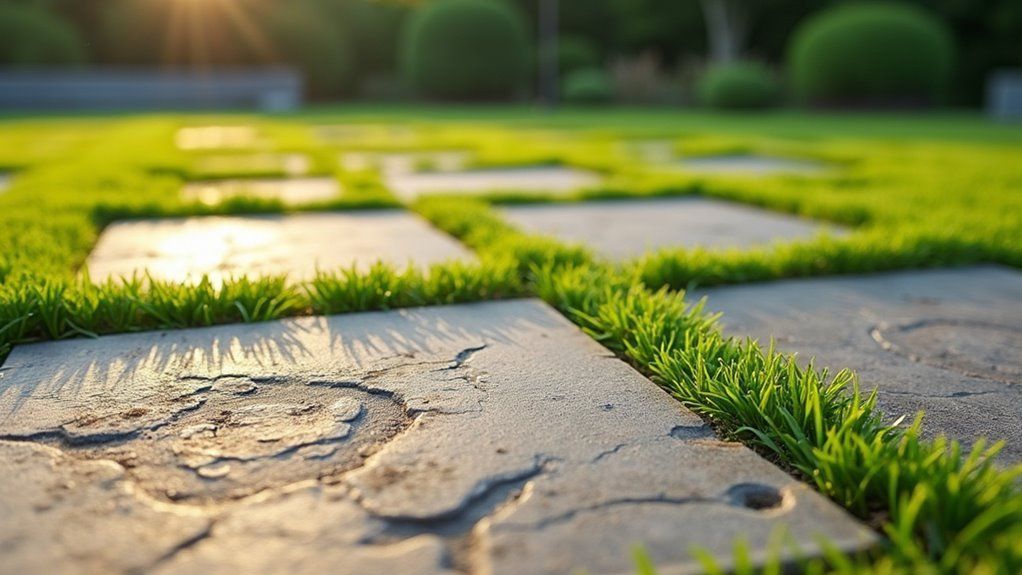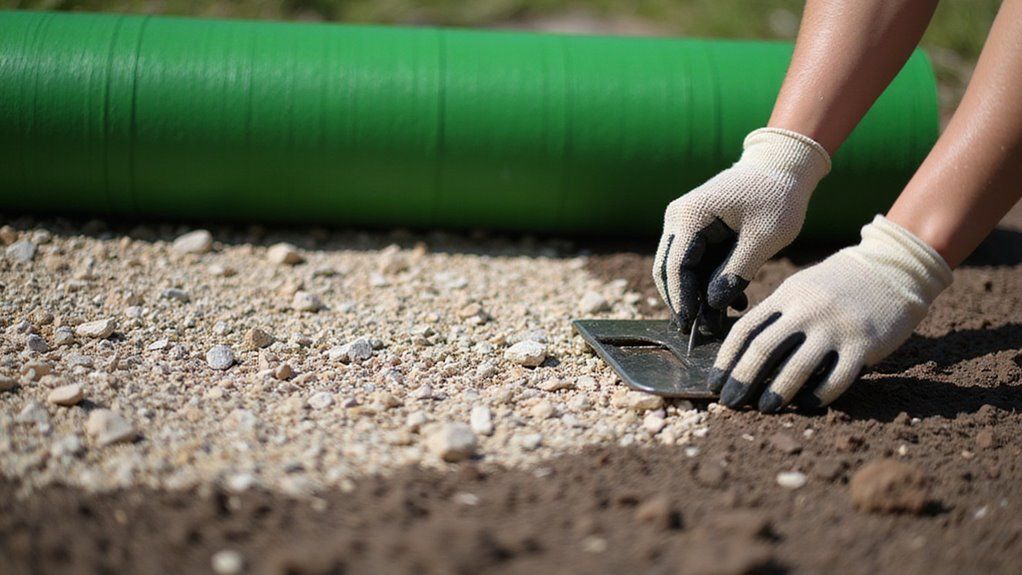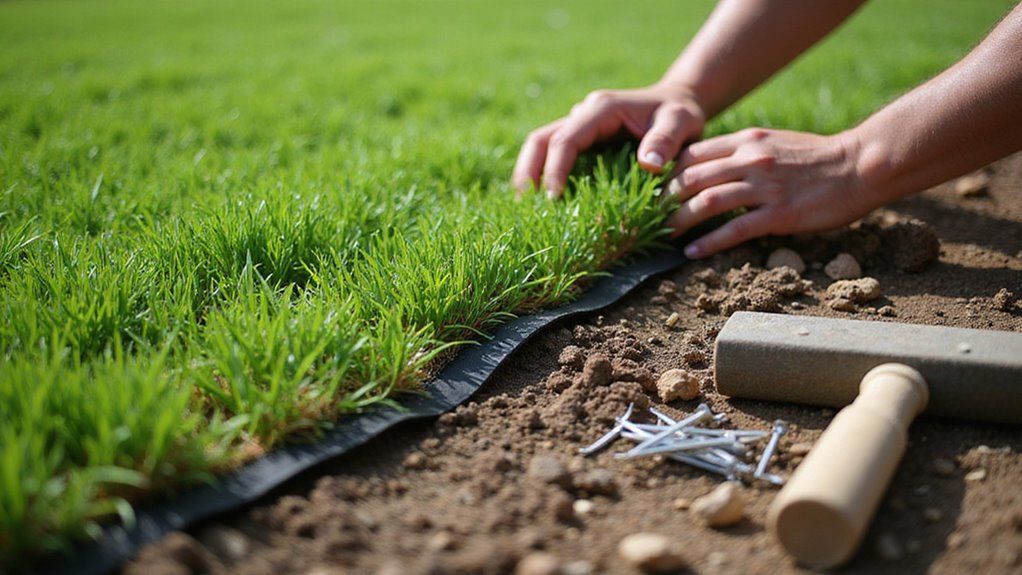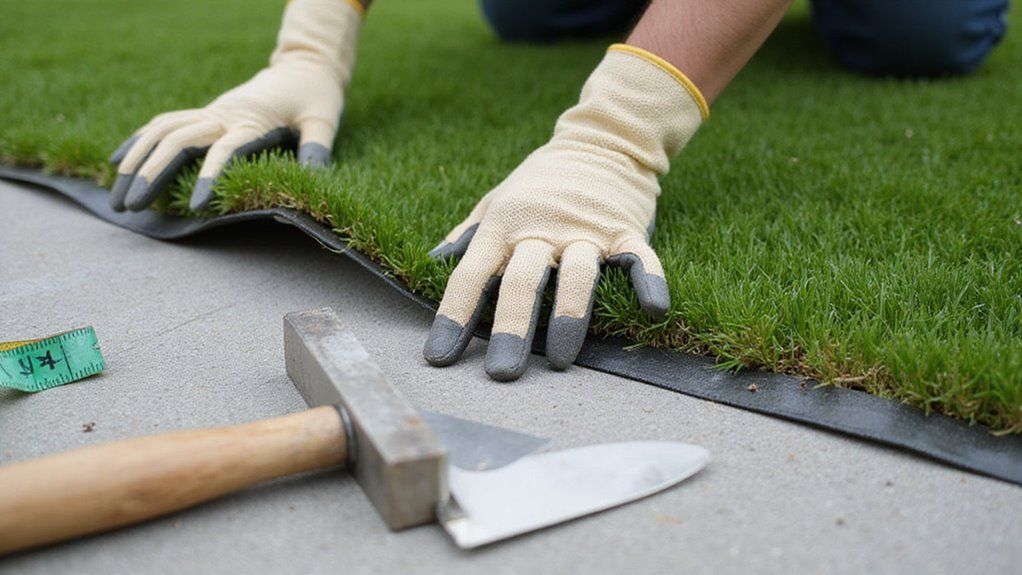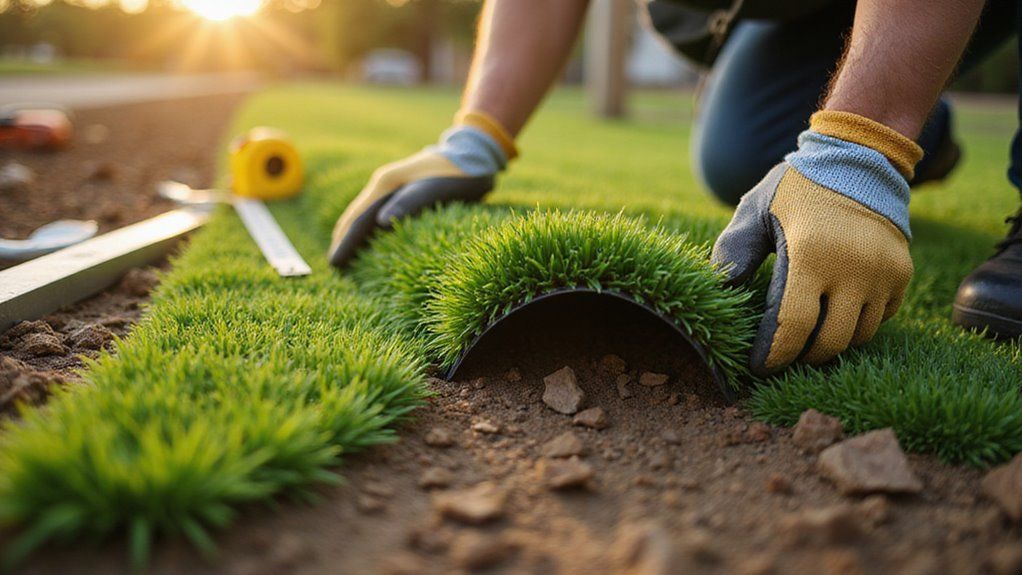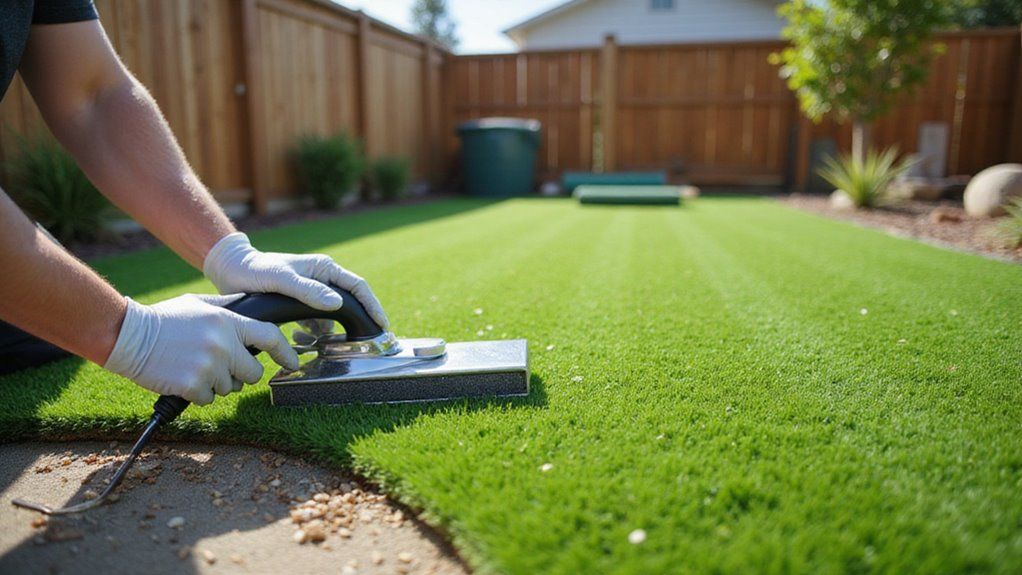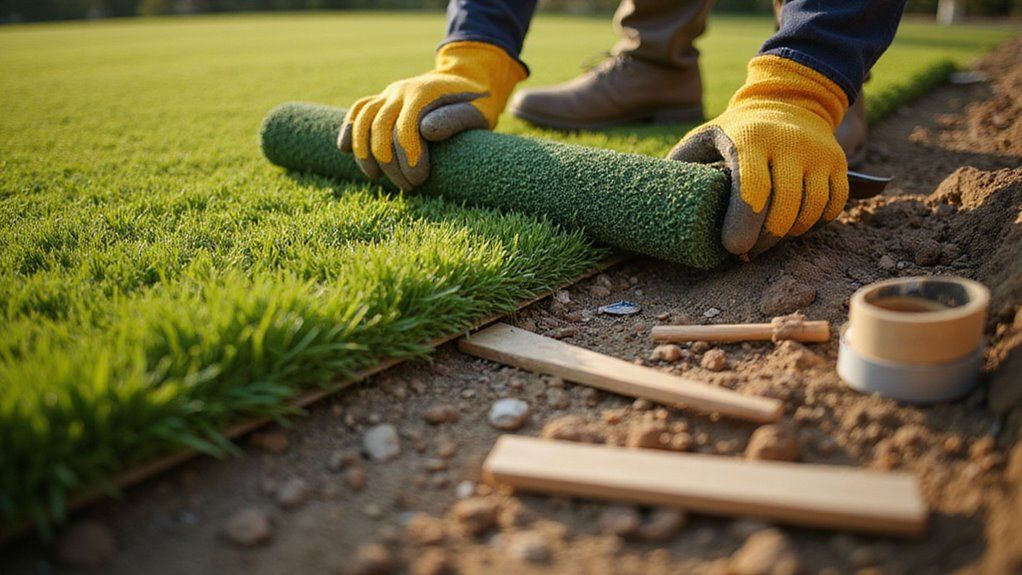Artificial Grass vs. Live Grass: Advantages and Disadvantages
For decades, live grass has been the standard for lawns and sports fields. However, in recent years, artificial grass has been gaining popularity due to its low maintenance and cost-effectiveness. In this article, we will discuss the advantages and disadvantages of both artificial grass and live grass.
Artificial Grass
Artificial grass has been gaining ground—and a reputation for being eco-friendly because it doesn’t need water, fertilizer, or to be mowed. Plus, the newest generation of artificial grass often looks good enough to fool us into thinking it’s real (1). Artificial grass, also known as synthetic turf or fake grass, is a type of grass that is made of synthetic fibers designed to replicate the appearance of real grass. It was first developed in the 1960s for use in sports fields and has since gained popularity in residential and commercial landscaping such as
putting green installation.
Advantages of Artificial Grass
- Low Maintenance: Artificial grass requires very little maintenance. Unlike live grass, it doesn't need to be mowed, watered, or fertilized. This makes it an excellent option for those who have a busy schedule and don't want to spend a lot of time and money maintaining their lawn.
- Durability: Artificial grass is made of synthetic fibers that are designed to be durable and withstand harsh weather conditions. It can last up to 20 years with proper care and maintenance.
- Water Conservation: Artificial grass doesn't require any water, which makes it an excellent option for areas with water shortages or where water conservation is a concern. In general, artificial turf maintenance is low.
- Aesthetics: The newest generation of artificial grass looks incredibly realistic and can fool people into thinking it's real. It also comes in a wide range of colors and textures, allowing homeowners to choose a style that complements their home's architecture and landscaping.

Disadvantages of Artificial Grass
- Initial Cost: Putting green installation cost can be high. However, over time, it can pay for itself by eliminating the need for ongoing maintenance and watering.
- Heat Retention: Artificial grass can retain heat, making it uncomfortable to walk on during hot summer days. However, this can be mitigated by choosing a ligter color or installing a sprinkler system to cool it down.
- Environmental Impact: Although artificial grass doesn't require water, it is made from non-renewable resources and doesn't provide the environmental benefits that live grass does. It can also become a breeding ground for bacteria and other microorganisms if not cleaned regularly.
Advantages of Live Grass
- Environmental Benefits: Live grass provides a range of environmental benefits, including oxygen production, carbon dioxide absorption, and erosion control. It also provides a natural habitat for insects and other wildlife.
- Aesthetics: Live grass can provide a lush and vibrant lawn that enhances the curb appeal of a home. It also comes in a variety of species and colors, allowing homeowners to choose a style that suits their preferences.
- Cool Surface: Live grass provides a cool surface to walk on during hot summer days, making it an excellent option for outdoor activities.
Disadvantages of Live Grass
- High Maintenance: Live grass requires ongoing maintenance, including mowing, watering, fertilizing, and pest control. This can be time-consuming and expensive.
- Water Consumption: Live grass requires a significant amount of water to stay healthy and vibrant. In areas with water shortages or where water conservation is a concern, this can be a significant drawback.
- Limited Durability: Live grass is susceptible to damage from weather conditions, pests, and foot traffic. It can also die off during periods of drought or extreme temperatures.
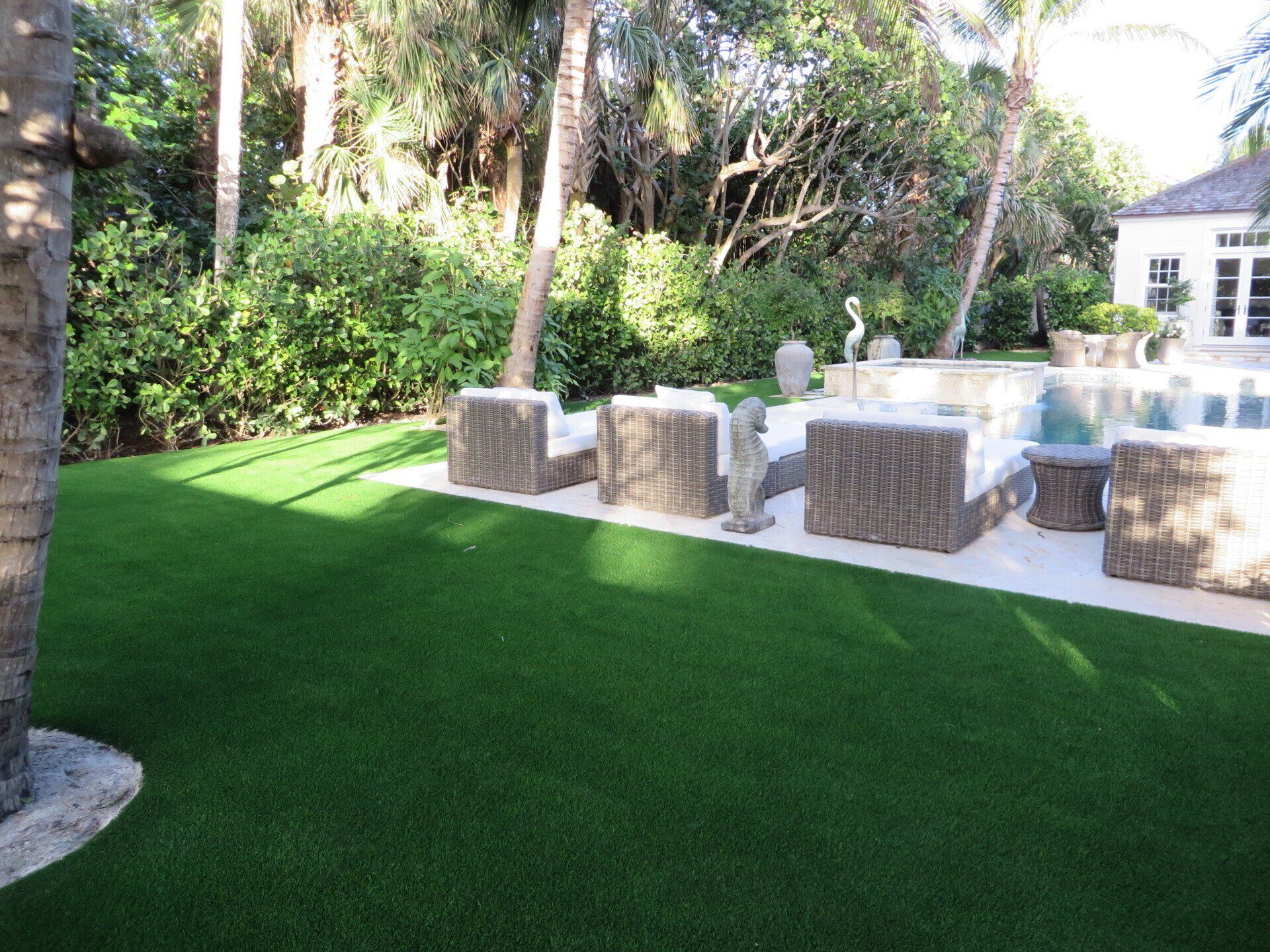
Uses of Artificial Grass
A common question that people usually have is, “when and why should I use artificial grass?” Here are the main uses of artificial grass:
- Landscaping: Artificial grass is commonly used in residential and commercial landscaping as a low-maintenance alternative to live grass. It can be used to create a lush green lawn or as a decorative element in landscaping designs.
- Sports Fields: Artificial grass is commonly used in sports fields, such as soccer, football, and baseball fields. It provides a durable and safe playing surface that can withstand heavy use and harsh weather conditions.
- Golf Courses: Artificial grass is used on golf courses for backyard putting green installation, driving ranges, and tee lines. It provides a consistent playing surface that requires very little maintenance compared to live grass.
- Playgrounds: Artificial grass is commonly used in playgrounds as a safe and durable surface for children to play on. It can provide a soft surface that reduces the risk of injury from falls.
- Rooftops and Balconies: Artificial grass can be used to create a green space on rooftops and balconies where live grass is not practical. It provides a low-maintenance option that can create a relaxing and inviting outdoor space.
- Pet Areas: Artificial grass is commonly used in pet areas, such as dog runs and pet parks. It provides a durable and easy-to-clean surface that can withstand heavy use and pet waste.
- Event Spaces: Artificial grass is often used in event spaces, such as weddings, festivals, and concerts. It provides a clean and attractive surface that can enhance the overall aesthetic of the event.
Conclusion
Both artificial grass and live grass have their advantages and disadvantages. Artificial grass is low maintenance, durable, and water-efficient, but it doesn't provide the same environmental benefits as live grass and can be expensive to install. Live grass provides a lush and natural lawn that enhances the curb appeal of a home, but it requires ongoing maintenance and a significant amount of water to stay healthy. Ultimately, the choice between artificial grass and live grass comes down to personal preferences and individual circumstances. No matter what your choice, you need to have the best
backyard putting green installation near me for quality results.
About the author
Kathy Leavell
Kathy Leavell is the founder and owner of Synthetic Turf Treasure Coast, a leading provider of synthetic grass solutions for residential and commercial properties in Florida. With over a decade of experience in the industry, Kathy has become a recognized expert in synthetic turf installation, maintenance, and repair. Under her leadership, Synthetic Turf Treasure Coast has earned a reputation for exceptional customer service and high-quality workmanship.
Prior to starting her own business, Kathy worked in sales and marketing roles at several major synthetic turf manufacturers.
